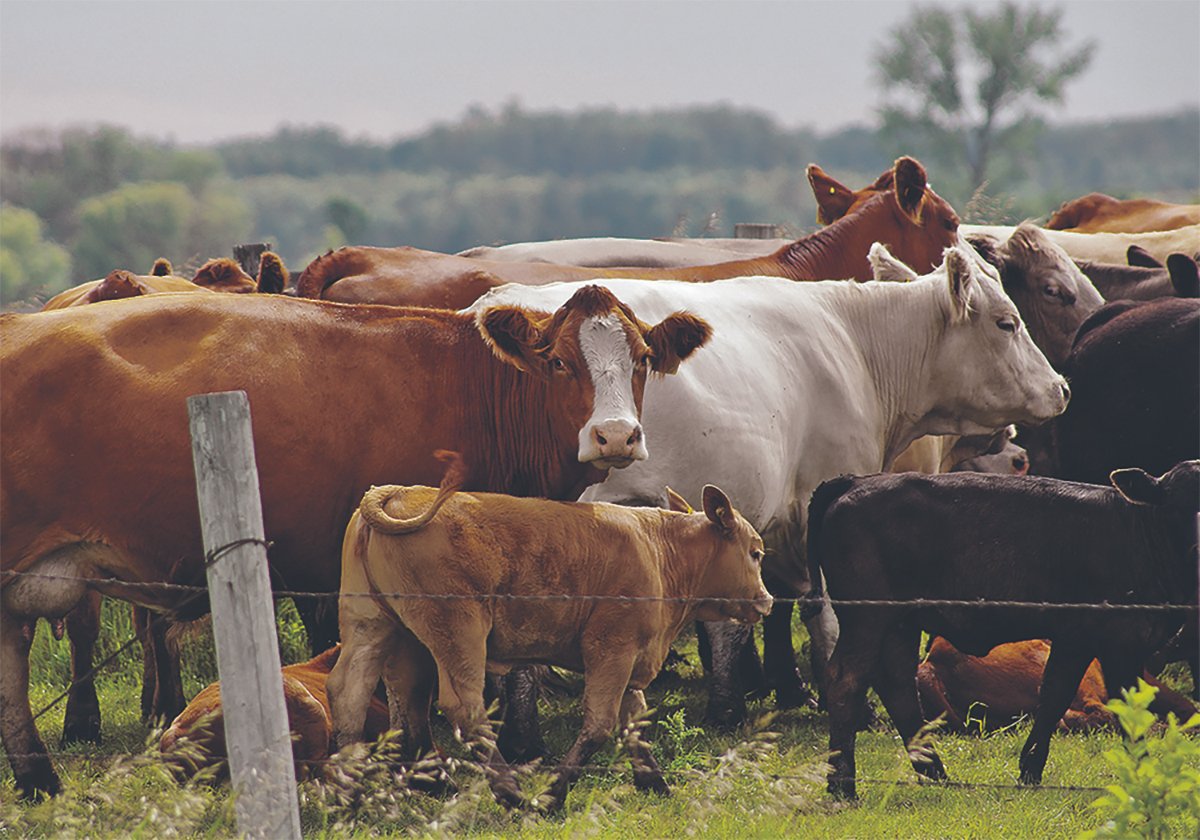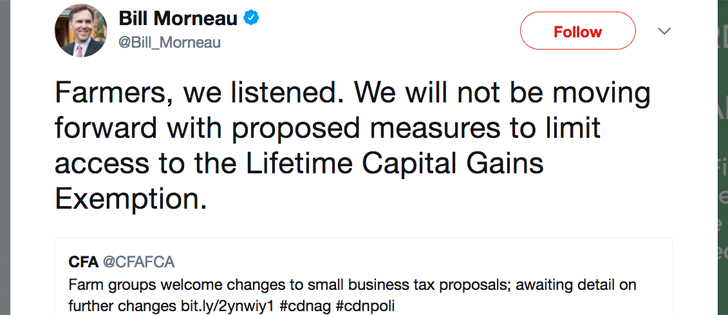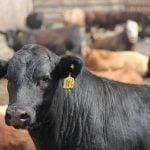For an agricultural column writer, it is a rare treat when a William Shakespeare quote fits, so let’s give it a go.
“What’s in a name? That which we call a rose
By any other name would smell as sweet.”
Juliet (through Shakespeare) knew how to pose a question that would be relevant more than 400 years later.
What’s in a name?
When it comes to “local food,” quite a lot, it seems.
When a farm an hour’s drive away delivers food to customers on my street, that’s local food.
Read Also

High prices see cow-calf producers rushing to incorporate
Farm accountants are reporting a steady stream of cow-calf producers rushing to get their operations incorporated ahead of selling their calves this fall.
At most farmers markets across the country, customers assume the produce they buy from people who look like farmers is locally grown.
But if you are in a grocery store in Red Deer or Moose Jaw or Brandon and the sign advertises “local product,” does that mean it was produced within an easy drive from the store by a farmer you might meet at the next Corb Lund concert?
As it turns out, not necessarily.
In a Conference Board of Canada report on the importance of the local food movement published last week, author Jessica Edge provides a succinct discussion of the confusion over what people actually mean when they talk about local food.
“There is no widely accepted definition of local food,” she wrote.
“Local food is a way for some Canadians to express their values and beliefs about the food system.… Local food systems are hypothesized to have a wide range of broad public health benefits — local food is seen as a way to improve local economies, the environment and health and nutrition.”
But what is local food?
Some imagine it as that truck on the street from the nearby farm.
For others, it is food grown within 100 miles of the consumer.
Or is it food consumed in the province where it was produced?
Maybe it is food produced within a five-hour drive or food with an arbitrary “food miles” definition.
Interestingly, for consultation on the issue, the Canadian Food Inspection Agency defines local food as “food produced in the province in which it is sold or food sold across provincial borders within 50 kilometres of the originating province.”
Theoretically, that means that a grocer in Ottawa could label corn grown around Thunder Bay, several days drive away, as local.
The point is that in one of the hottest and most interesting debates in the food industry today, with consumers denouncing imports and demanding local and asking for government regulation to make local more available, there is no clear understanding or agreement on what exactly is being demanded.
Presumably, we can all agree that tomatoes from California or China shipped to New Brunswick are not local produce.
Beyond that, there is little clarity.
A basic rule in political debate — and local food is at the centre of a fierce and fascinating political debate in Canada — is that the terms of engagement, the definitions and the rhetoric should at least all agree on the meaning of the words.
What is in a name?
Very much indeed. Without clarity, it is a circular debate.














